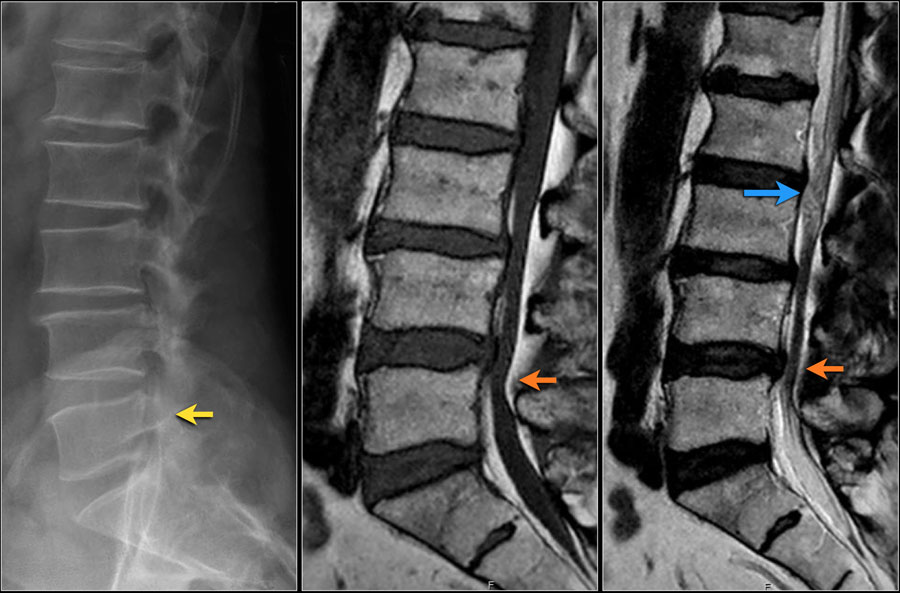

A large disc herniation in the cervical spine may compress the spinal cord within the spinal canal and cause numbness, stiffness, and weakness in the legs and possibly some difficulty with bowel and bladder control.Ī thoracic herniated disc may cause pain in the mid back around the level of the disc herniation. The spine is divided into the following distinct regions:Ī cervical herniated disc may put pressure on a cervical spinal nerve and can cause symptoms like pain, pins and needles, numbness or weakness in the neck, shoulders, or arms. On each side of the spine, small openings between adjacent vertebrae called foramina (singular, foramen) allow nerve roots to enter and exit the spinal canal. The spinal cord and spinal nerves are located in the spinal canal, where they are surrounded by spinal fluid and protected by the strong spinal column. In the center of the spinal column, there is an open channel called the spinal canal. The bones of the spinal column are orange in color, and the intervertebral discs are white. The image at left shows the entire spinal column from beside and from the front. The intervertebral discs, along with ligaments and facet joints, connect the individual vertebrae to help maintain the spine’s normal alignment and curvature while also permitting movement. Each vertebra is separated from the adjacent vertebrae by intervertebral discs, a spongy but strong connective tissue. The vertebral column (also called the spinal column or backbone) is made up of 33 bones known as vertebra (plural, vertebrae). Herniated = from “hernia,” a part of the body that bulges out through an abnormal openingĭisc = the disk-shaped cushions between the bones of the spine


 0 kommentar(er)
0 kommentar(er)
